Meta Quest Pro VR headset announced at Connect 2022 is $1,500 — here's why
The Quest Pro is here! And whew, it's pricey!
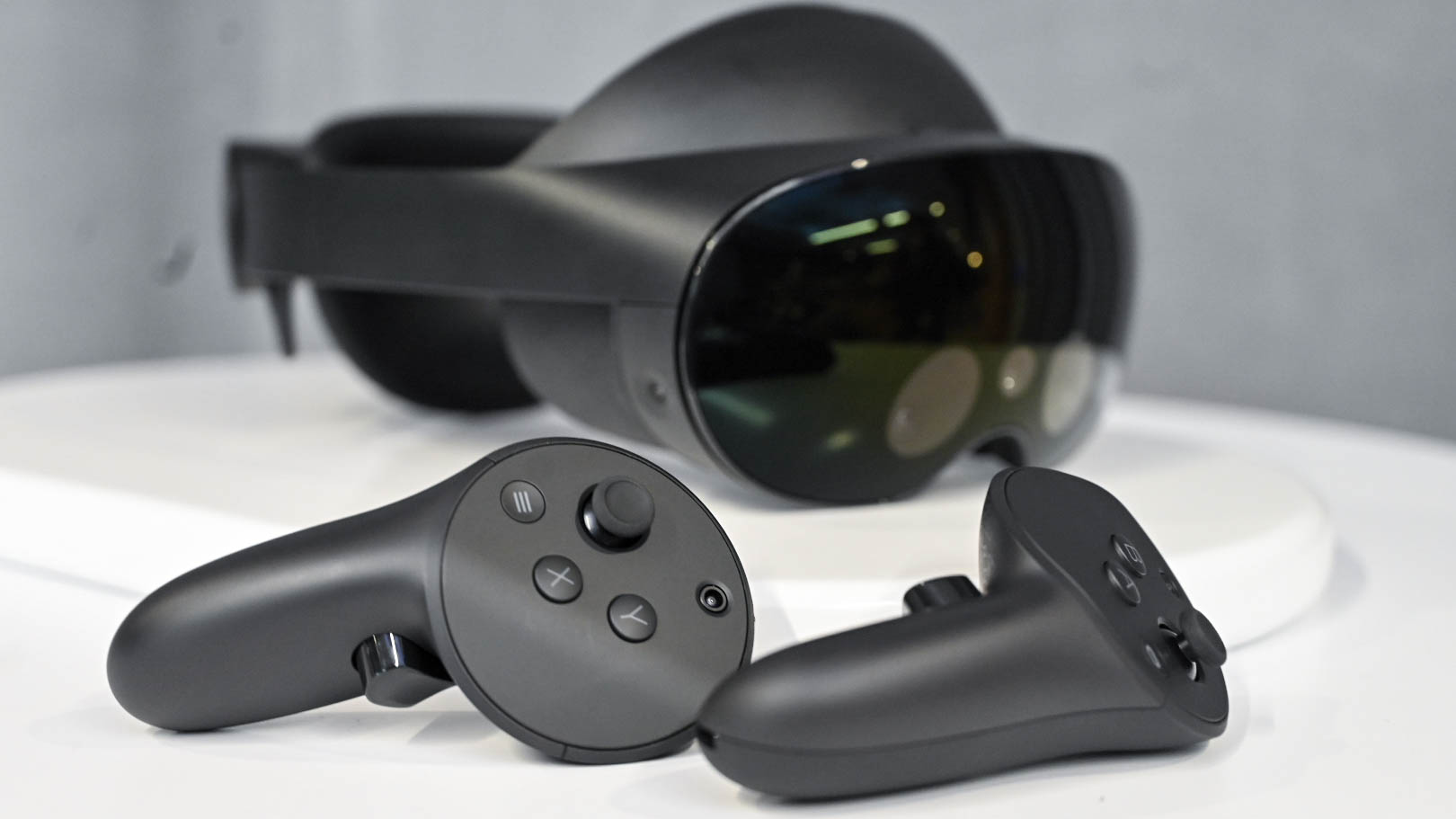
The Meta Quest Pro just got announced at Connect 2022, and while we're wowed by its top-of-the-line specs that bring our wildest VR and AR dreams to life, its shocking price tag was the true showstopper: $1,500.
Yes, you read correctly. The Quest Pro is $1,100 pricier than the starting price of the Quest 2, and you may be thinking, "Why on earth is it this expensive?" We'll dive into the new Quest Pro and why Meta is demanding a premium for its newly released headset.
This story is developing ...
Meta Quest Pro specs
| Row 0 - Cell 0 | Meta Quest Pro |
| Price | $1,500 |
| Chipset | Qualcomm Snapdragon XR2+ |
| Storage | 256GB of storage |
| RAM | 12GB |
| Display resolution | 2,160 x 2,160 pixels |
| Lenses | Dual Tianjin-3 QLED panels |
| Tracking | 10 sensors plus an IR depth projector for mixed-reality |
| Battery | 5,000 mAh |
Quick overview: Why is the Quest Pro is $1,500?
- Super impressive face, eye and hand tracking for avatars (others in the metaverse could even "see" you wrinkle your nose)
- 10 sensors as well as an IR depth projector for mixed-reality (as opposed to the Quest 2's 4 integrated cameras)
- Dynamic foveated rendering (as opposed to the Quest 2's fixed foveated rendering)
- Higher resolution for increased visual fidelity (2,160 x 2,160 pixels per eye)
- Not only does it facilitate virtual reality experiences, but it is tailor-made for augmented reality, too
- It features a color passthrough mode, which means it can include your physical environment into apps and games with high-quality picture (the Quest 2 can't do this)
- Increased color gamut coverage via a quantum-dot layer process
- Quest Pro controllers, unlike Quest 2, can be charged with a dock (you don't need to keep a pack of AA batteries around)
- Pressure sensor featured below the controllers for mixed-reality drawing
- Pancake lenses are known for allowing thinner headsets, but they have their setbacks (Meta's engineering team likely overcame them by creating them in-house)
The Quest Pro has a sleeker, more lightweight design
After being announced as Project Cambria at Connect 2021, the Quest Pro finally hit the scene at Connect 2022 with an ultra-sleek, attractive all-black design. It looks like a futuristic ski mask! The head-mounted display has a fit wheel that cradles the head, making it more comfortable than the Quest 2. In other words, this fit wheel can be tightened (or loosened) to your liking.

It's also important to note that the Quest Pro features Pancake-style lenses (as opposed to the Quest 2's Fresnel optics). This is important because, unlike Fresnel lenses, Pancake lenses have thinner form factors, allowing Meta to build a slimmer, sleeker headset. The issue with Pancake lenses, however, is that they're less efficient with light, so to compensate for this problem, the display has to be super bright (which can do a number on the battery runtime).
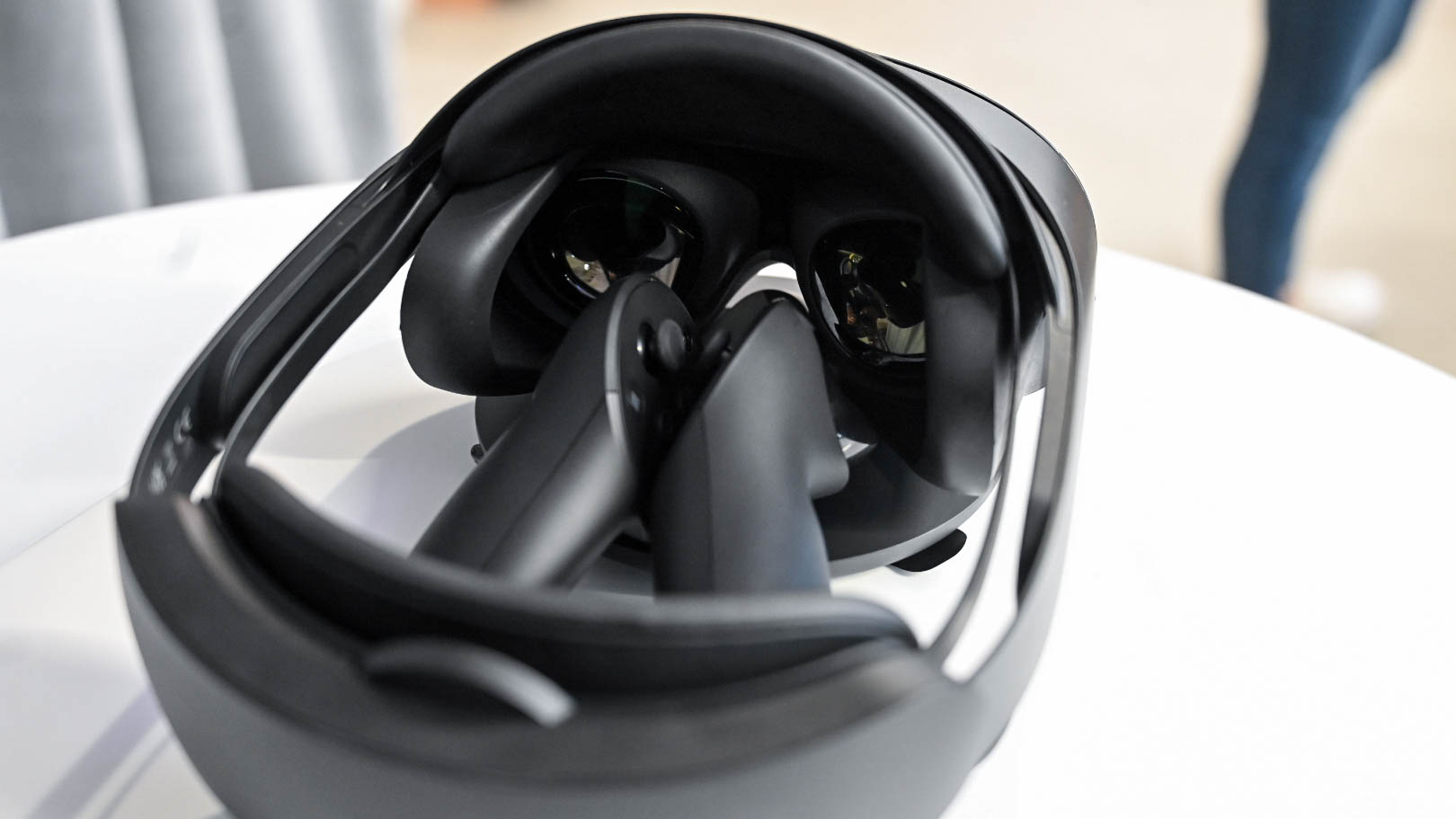
Fortunately, the Pancake lenses inside the Quest Pro are custom made, which means Meta's engineering team likely found a way to overcome these setbacks. Consequently, Meta was able to roll out a lightweight headset. That alone is worthy of a price hike.
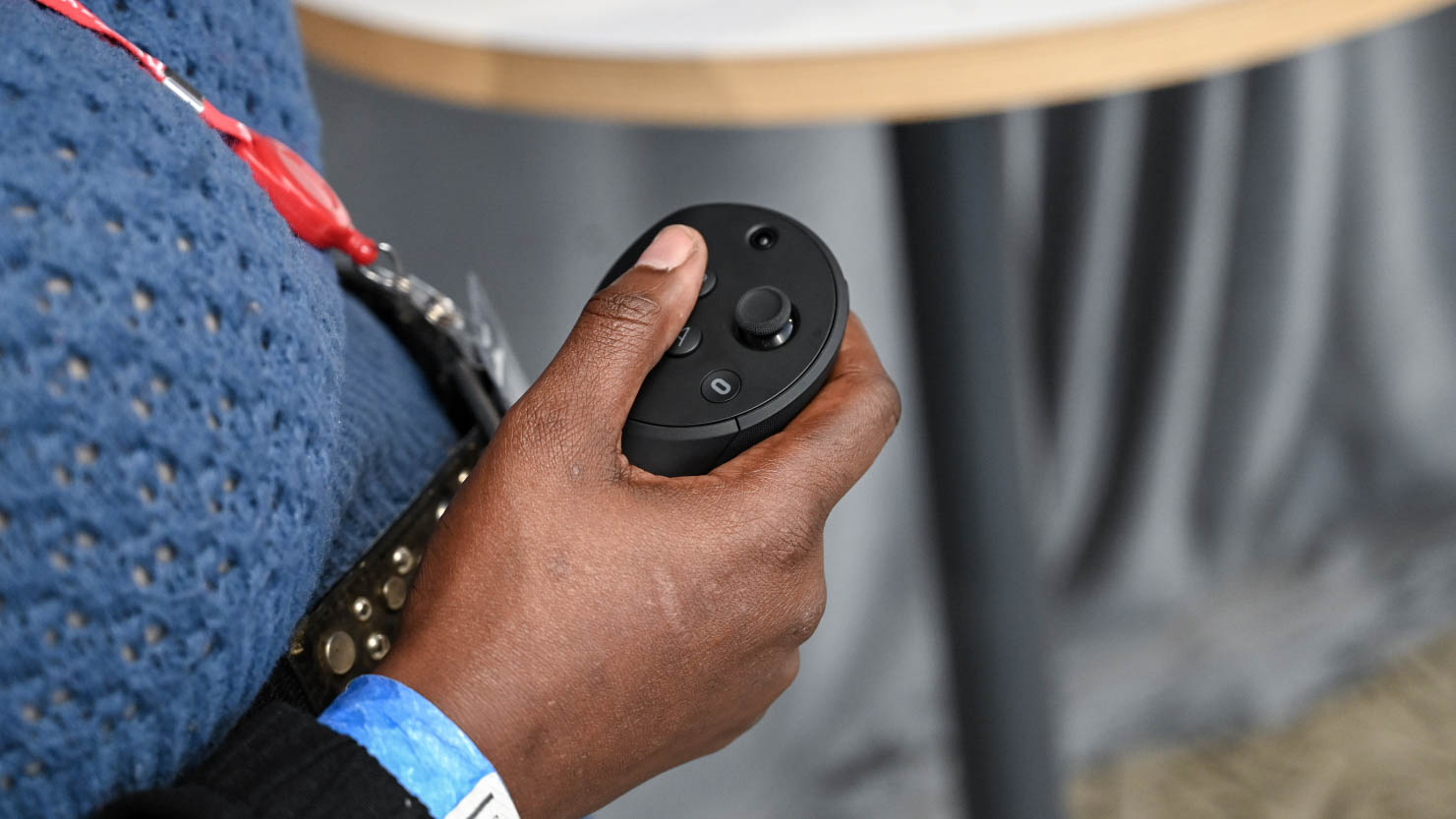
Now, let's do a quick dive into the controllers. Although the Quest Pro's controllers are heavier than its predecessor, it has an ergonomic design that is more comfortable in your hands. On top of that, you don't have to worry about searching the house for AA batteries if the controllers run out of juice. You can simply charge them on a dock.
Sign up to receive The Snapshot, a free special dispatch from Laptop Mag, in your inbox.
It also has new true-touch haptics; plus, you can use the bottom of the controllers to write and scribble in VR.
The Quest Pro has better display quality
The displays on the Quest Pro use mini LED technology, which is just a fancy way of saying that it uses a local-dimming process. This means that areas that are supposed to be rendered as black are totally turned off, achieving super pure blacks that contrast well with its surrounding colors.

Secondly, to improve color-gamut coverage, the Quest Pro lenses uses quantum-dot layer technology. This is also known as QLED. I've reviewed laptops with QLED displays (e.g. Samsung Galaxy Book Flex 15), and they tend to be quite colorful and bright, but also impressively power efficient.
The Quest Pro, featuring a 2,160 x 2,160 QLED screens, is a step up from the Quest 2's 1832 x 1920-pixel panels.
The Quest Pro is ideal for productivity and work
Meta is really pushing productivity and business use with the Quest Pro. Sure, you can play tons of games with the Quest Pro, but you can also work with it because it facilitates multi-tasking. For example, while using a laptop in physical plane, you can put on the Quest Pro and work with multiple virtual monitors in the metaverse. You can see both your laptop and the simulated screens simultaneously (hence, mixed reality).
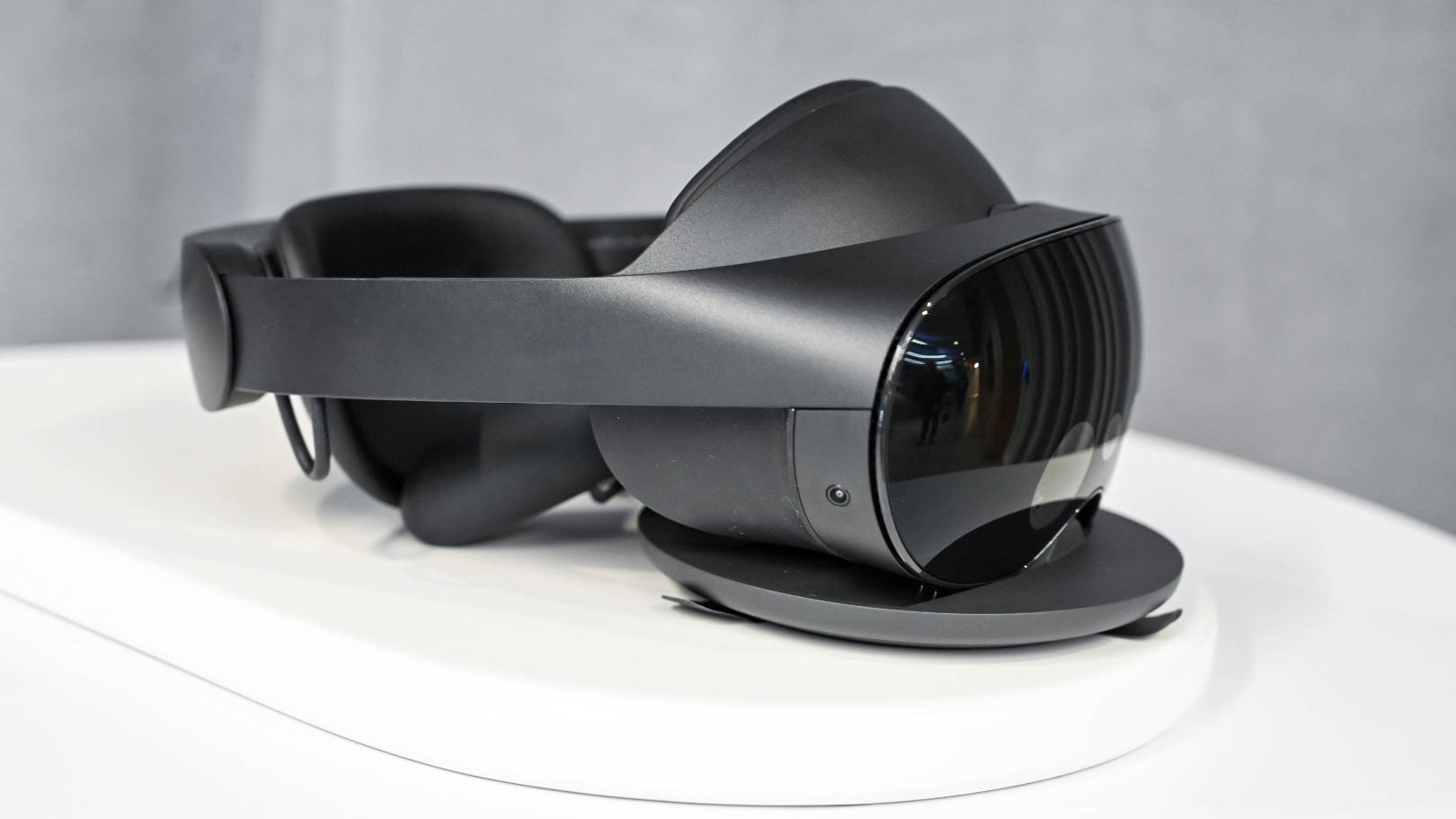
This is, in part, due to improved passthrough (a mode that lets you see your current environment) on the Quest Pro. With the Quest 2, incorporating your physical environment into your VR experience isn't ideal doesn't have the appropriate hardware; its passthrough mode is grayscale and it's poor quality. The Quest Pro, on the other hand, features color passthrough mode with better definition and quality.
The Quest Pro is leading the way to the metaverse
The Quest Pro facilitates Meta's metaverse mission, too. Thanks to its ability to track fine facial expressions, social experiences with the Quest Pro should feel more true-to-life. As you raise your eyebrows in shock or wrinkle your nose in disgust, your Quest Pro avatar will mirror your expression, allowing others to read your face language without.

The Quest Pro has about 10 sensors to facilitate eye, face, and hand tracking as well as depth perception and other visual cues. That's quite a lot! Keep in mind that the Quest 2 only has four inside-out integrated cameras.

Thanks to the eye-tracking addition, the Quest Pro uses dynamic foveated rendering as opposed to Quest 2's fixed foveated rendering. To keep it succinct, foveated rendering is a resource-conserving technique that fully renders only the important areas (while other areas may appear to be more blurry). With fixed foveated rendering, the headset simply has predetermined areas of where it should concentrate its resources on, which isn't ideal. Dynamic foveated rendering "knows" where you're looking due to the eye trackers, so no matter where you look, the picture quality should look pretty good.
The Quest Pro is appropriately priced while the Quest 2 is undervalued
Let's make one thing clear. The Quest 2's introductory price of $299 was shockingly cheap for a standalone VR headset. Truth be told, it was way undervalued, but I suspect that Meta figured it could make a return on its investment if it kept its pricing super low, making it more accessible to the average Joe. It paid off for Meta; it's the best-selling VR headset of 2021.
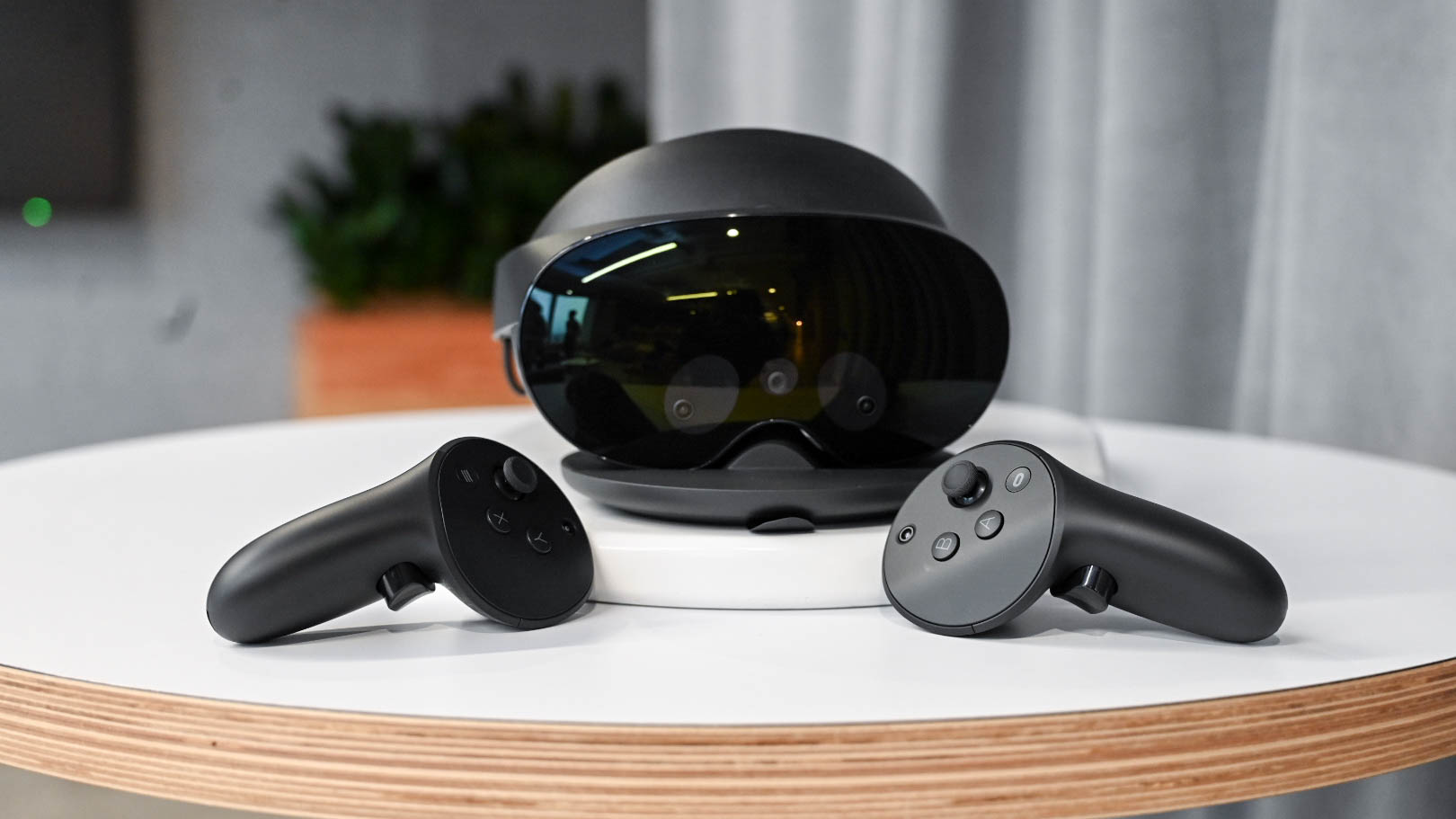
Unsurprisingly, Meta later increased the price to $399 because the cost to make and ship the products skyrocketed. Still, a $399 entry price is still inexpensive — people pay three times that price for a phone that can't even send them to the metaverse! Truth be told, the true value of the Quest 2 is double its current price. As such, the Quest Pro being priced at $1,500 isn't too shocking considering how undervalued its predecessor is.
Outlook
I'm not a fan of price hikes. Who is? However, when it comes to the Quest 2, I've always felt it was an undervalued headset at just $399. As such, with the Quest Pro coming in at a shocking $1,500, I feel that Meta is justified with this price tag.
In a way, Meta is saying, "You've seen what we can do with the Quest 2 at a super economical price point, now let us command a premium so we can really disrupt the metaverse industry."
The Quest Pro starts shipping on Oct. 25.
Kimberly Gedeon, holding a Master's degree in International Journalism, launched her career as a journalist for MadameNoire's business beat in 2013. She loved translating stuffy stories about the economy, personal finance and investing into digestible, easy-to-understand, entertaining stories for young women of color. During her time on the business beat, she discovered her passion for tech as she dove into articles about tech entrepreneurship, the Consumer Electronics Show (CES) and the latest tablets. After eight years of freelancing, dabbling in a myriad of beats, she's finally found a home at Laptop Mag that accepts her as the crypto-addicted, virtual reality-loving, investing-focused, tech-fascinated nerd she is. Woot!

